
Tile Area
- Balcony Tiles
- High Traffic Tiles
- Hospital Tiles
- Load More

Tile Type
- Vitrified

Tile Size
- 300x300 mm

Factory Production
- West Zone

Color
- Ivory
- Terracotta
- Grey
- Load More

Tile Collections
- Tacenza
- Vitripark

Wall/Floor
- Floors

Tile Finish
- Matte Finish
My Cart
There is no product in your Cart
TO FIND PRICES IN YOUR CITY, ENTER YOUR PINCODE
Tac Tiles
Safety and practicality are two ends of the rope that come together in tactile tiles—a promising step aligned with the Government of India's initiative to ensure safety, independence, and confidence for people with visual impairments. These special tiles help them know where to walk safely and warn them if there is something dangerous nearby, like stairs, crosswalks, or roads. The government made these rules so everyone can move around easily and safely, no matter if they can see well or not.
At Orientbell Tiles, we’ve launched this new tactile tile range to support and contribute to this important initiative. From linear corduroy designs to embossed round dots, our tiles come in a matte finish that enhances grip and minimizes slips in wetter conditions or high-traffic areas.
With this range, we are one step closer to developing spaces that are not only stylish but also inclusive, where people can move freely with dignity and confidence.
Safety and practicality are two ends of the rope that come together in tactile tiles—a promising step aligned with the Government of India's initiative to ensure safety, independence, and confidence...
Items 1-25 of 32
FAQs on Tac Tile
- 1. What is tactile paving called?
- Tactile paving are also known as a delectable warning surface that helps people with visual impairments.
- 2. What material is used for tactile paving?
- Tatctile paving is made of various materials like concrete, ceramic, stainless steel and vitrified. Vitrified tactile tiles are durable, slip-resistant, and ideal for high-traffic areas, making them a preferred choice for both indoor and outdoor applications.
- 3. How thick is tactile paver?
- Tactile pavers comes in two thicknesses, 10 mm and 15 mm.
- 4. How is tactile paving installed?
- The laying of tactile paving involves the initial preparation of a level and clean surface, which is followed by the application of tiles with adhesive or mortar. The tiles are applied in accordance with the requirements of the layout (e.g., parallel or perpendicular to the direction of travel) and pressed down, followed by grouting and curing for slip resistance and durability.
- 5. Are tactile tiles available in different colors ?
-
Ivory, Terracotta and yellow are the most common colours for tactile due to their high visibility and association with caution.
-
- 6. How do tactile tiles help blind people?
-
Tactile pavement is pavement with raised lines, domes, or other features to communicate safety information to blind, low vision, or another disability type of vision individuals.
-
Get Personalized Help Choosing Tiles for Your Space
Copyright © 2025 OrientBell, All rights reserved.


















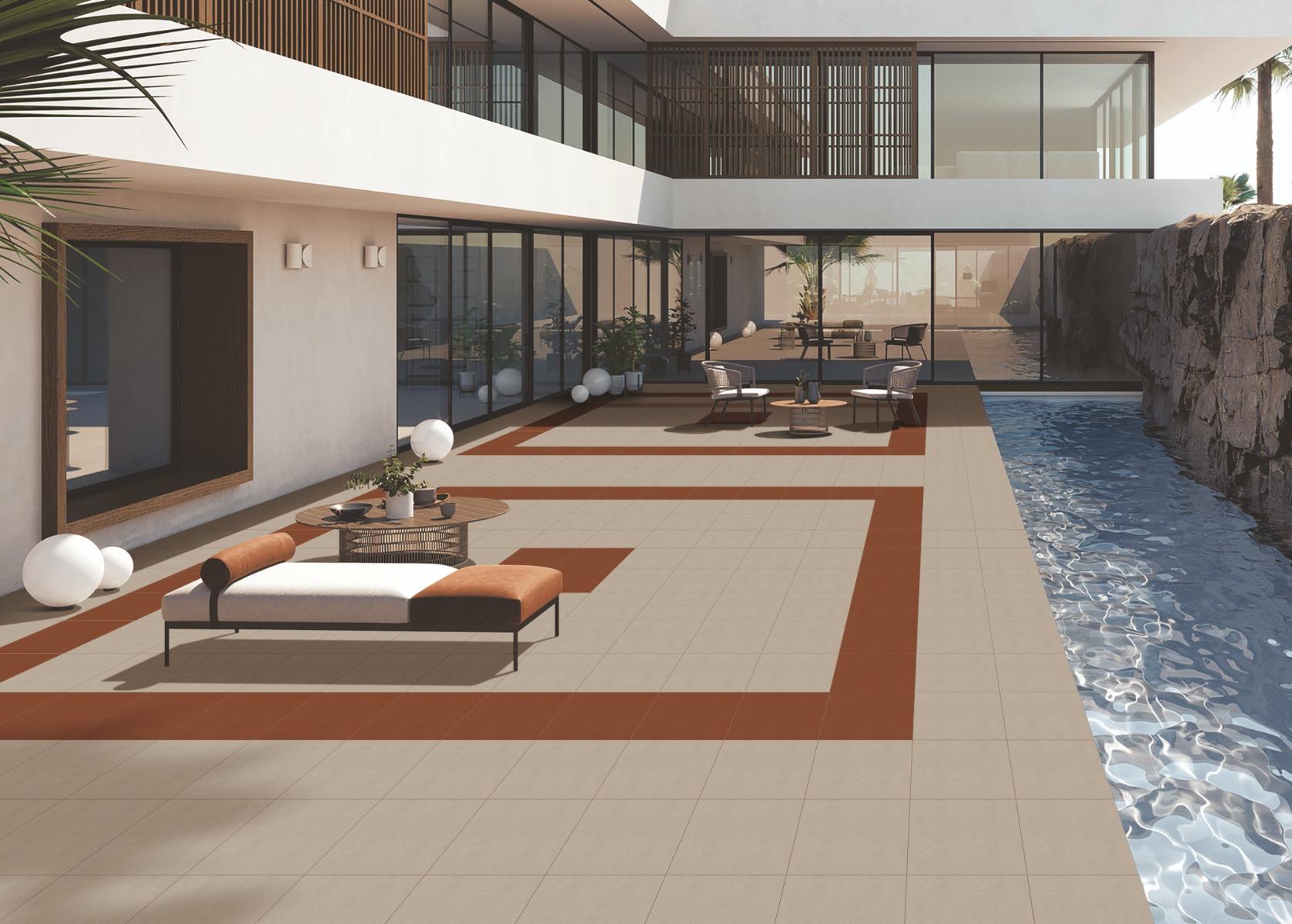




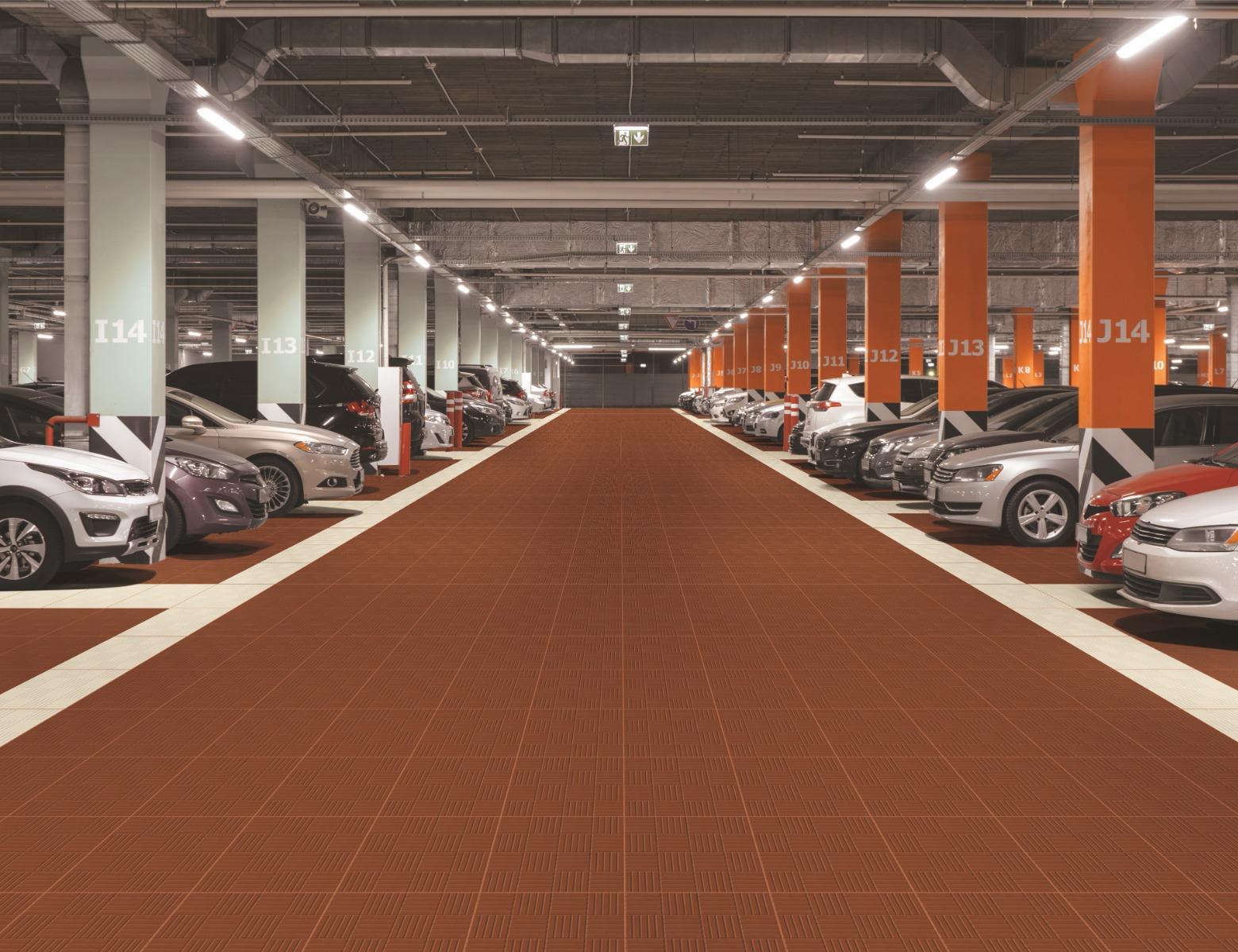

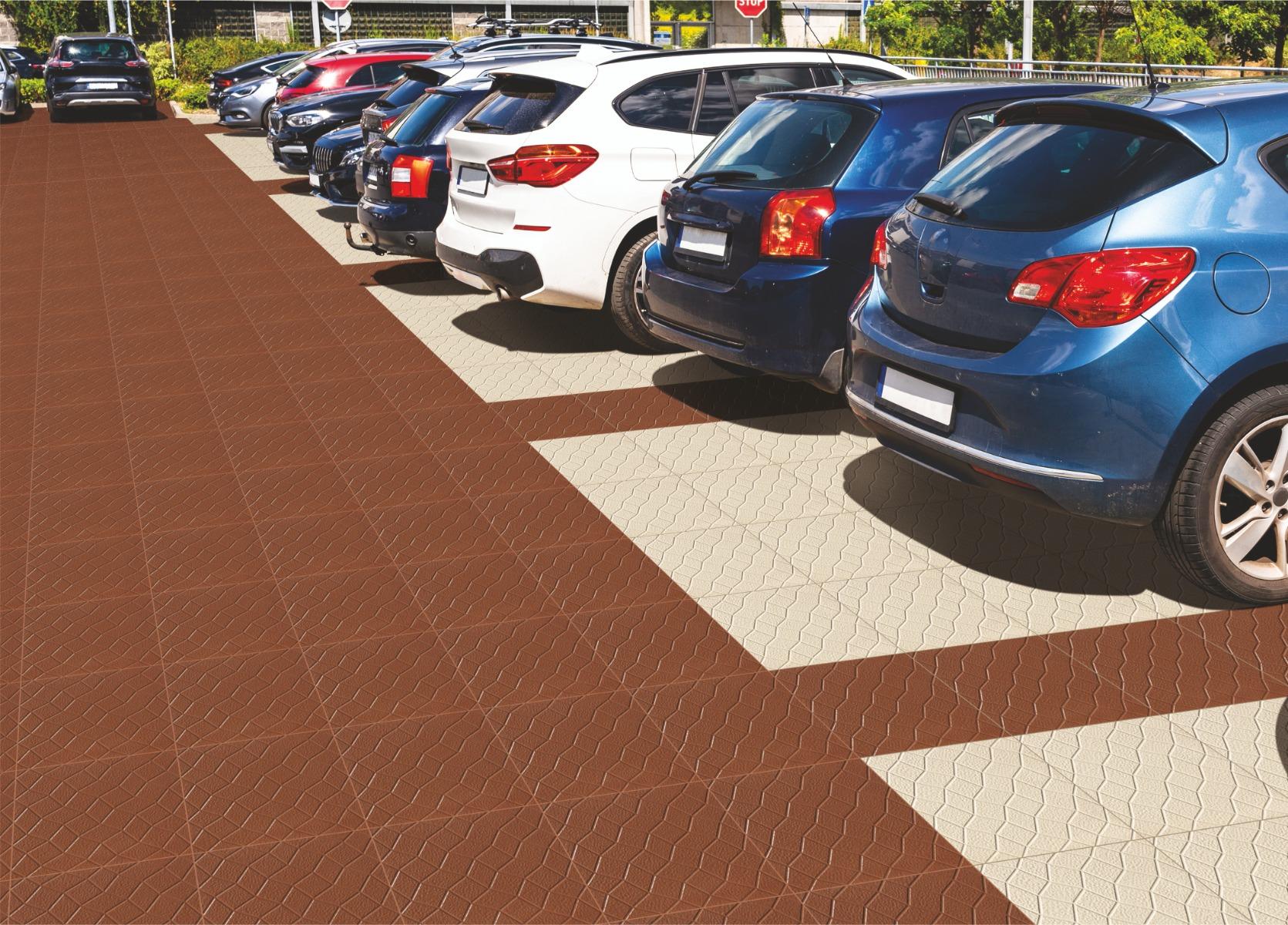






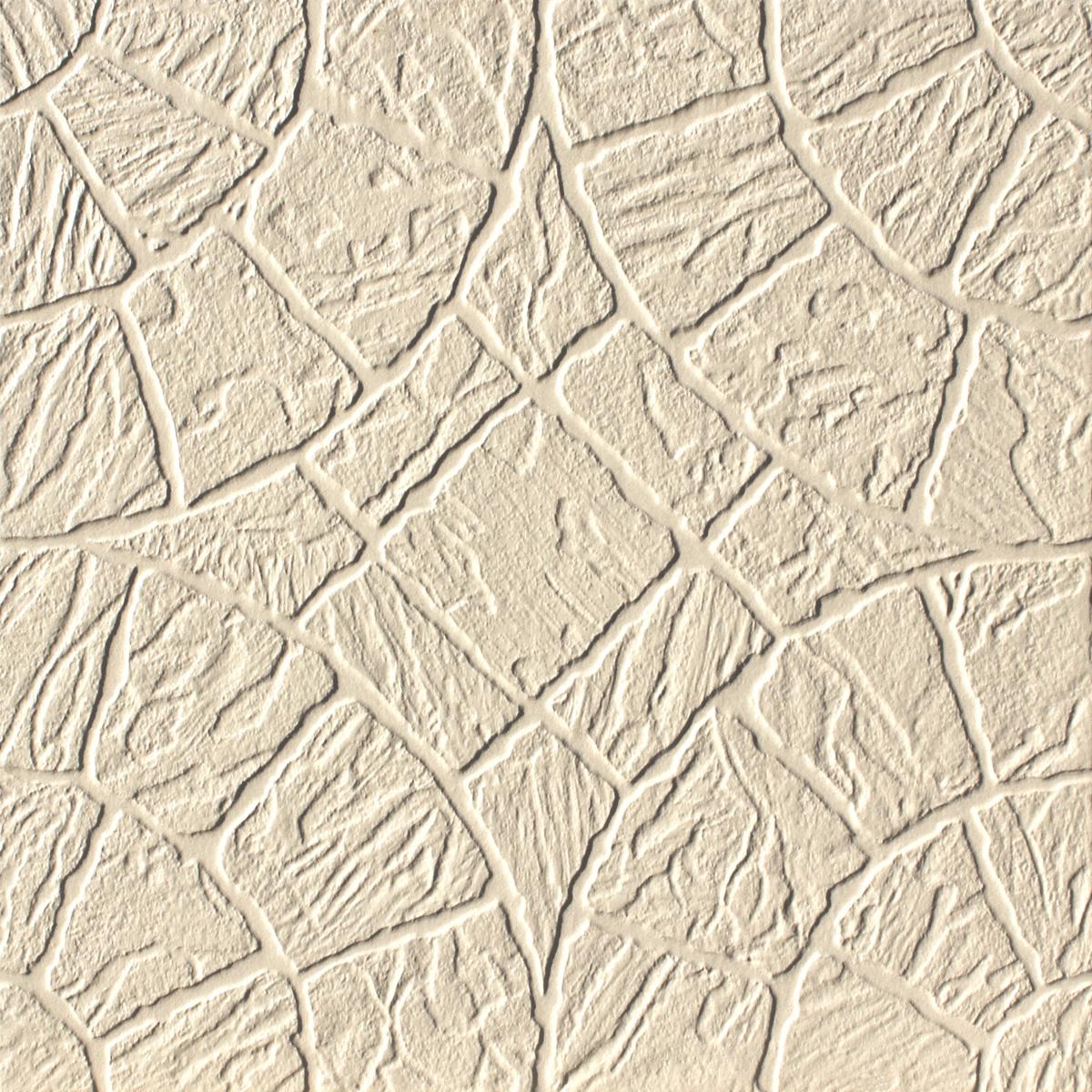


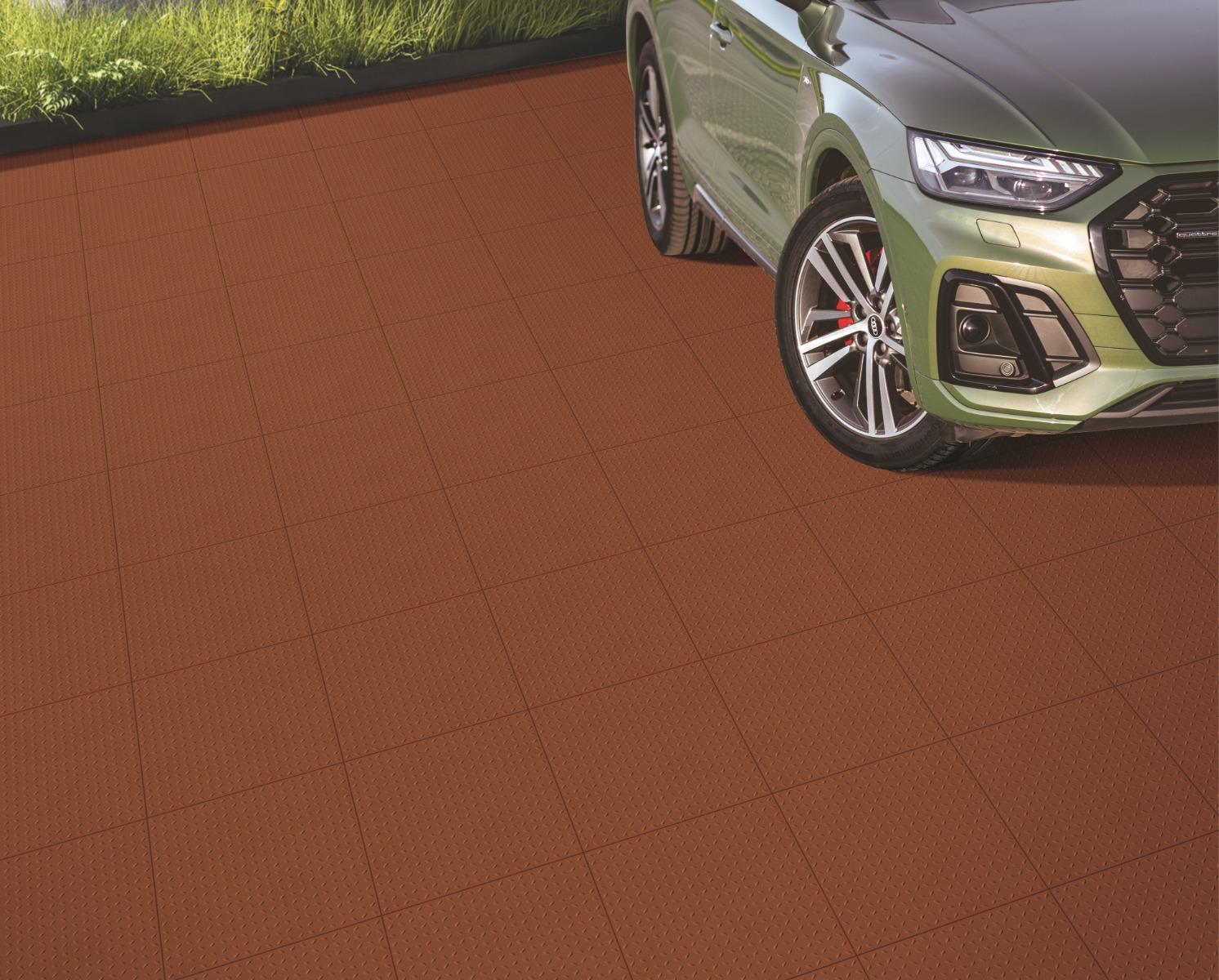

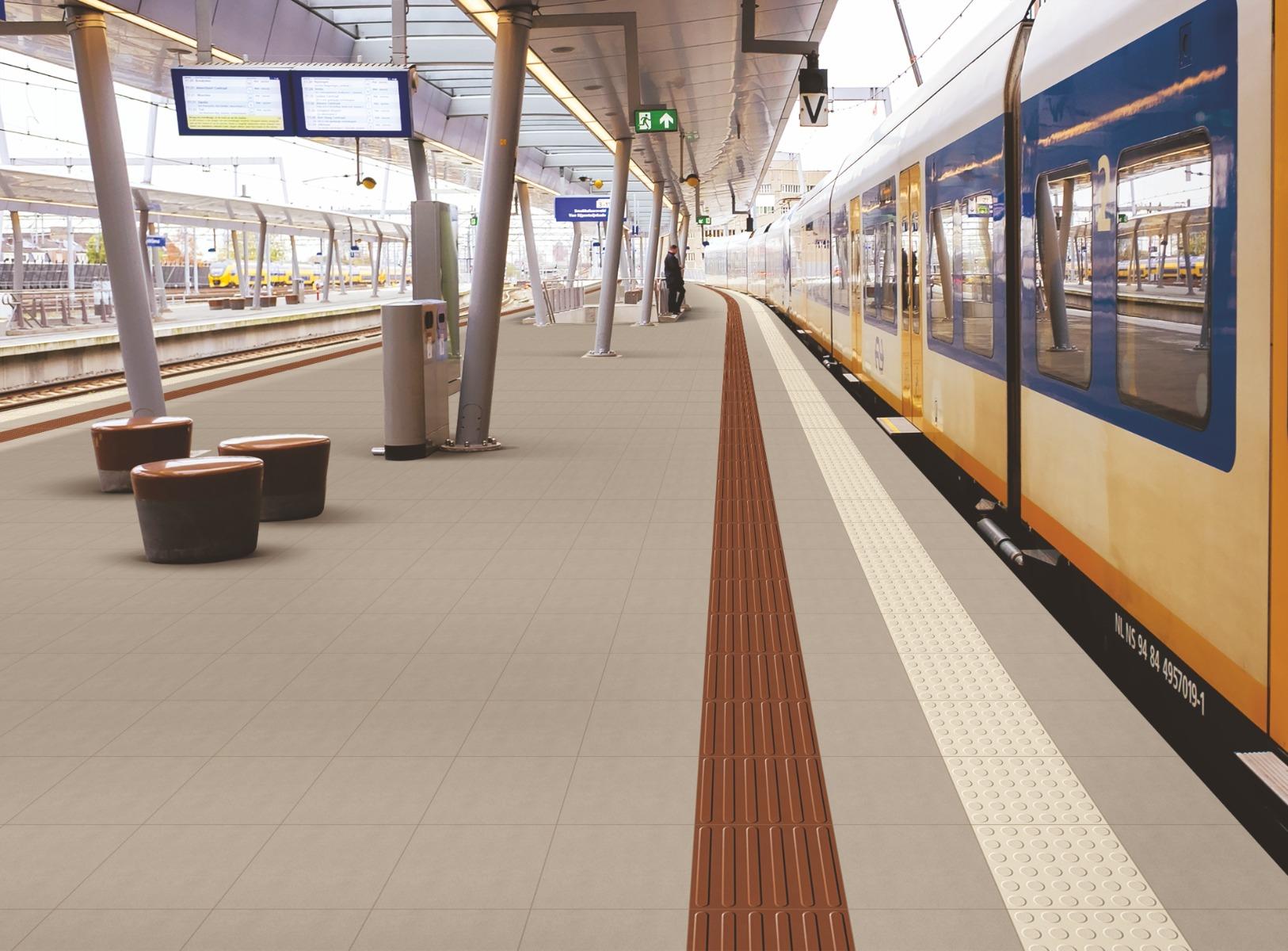
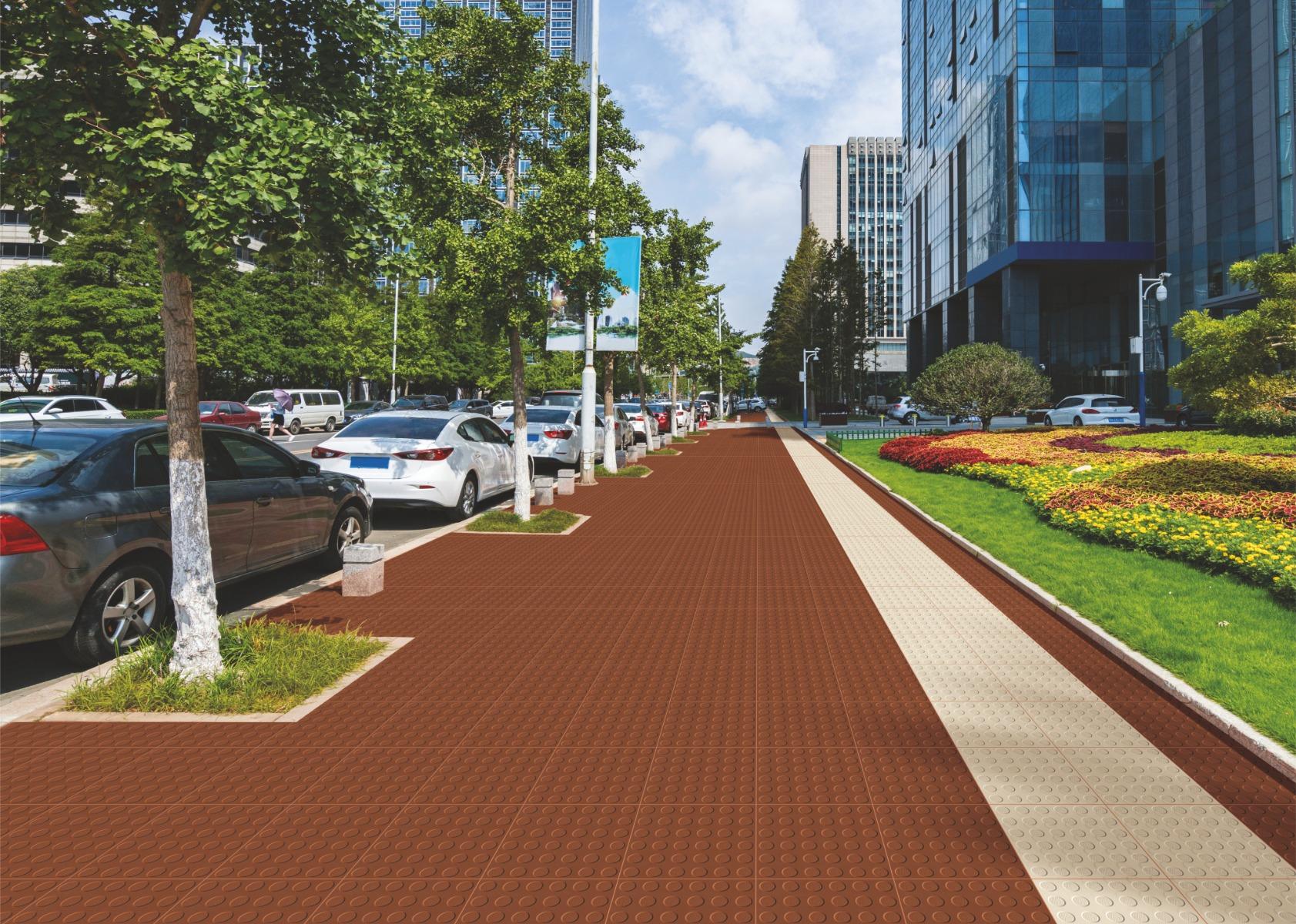
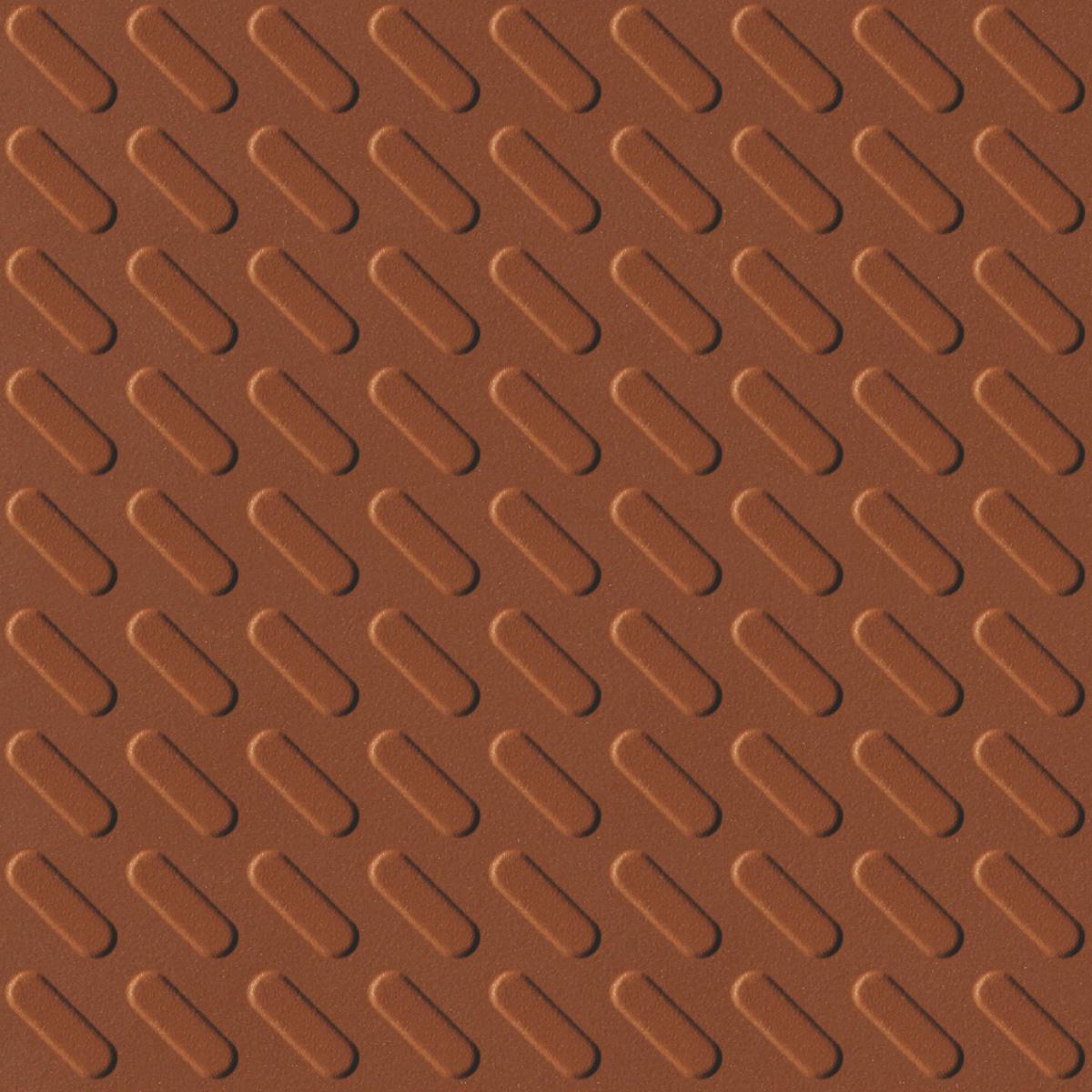

 DOWNLOAD CATALOGUE
DOWNLOAD CATALOGUE